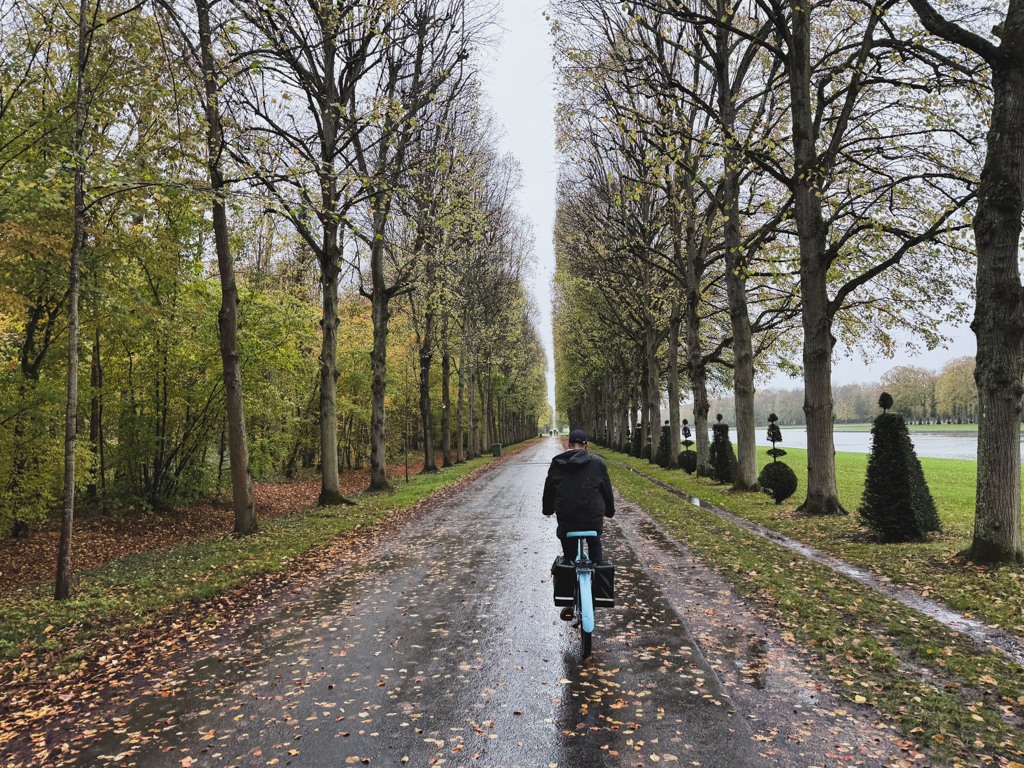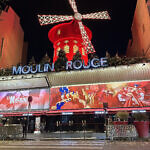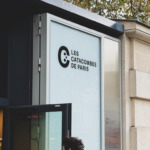When Amy and I made plans to meet in Paris, there were a few things on our mutual “must do” list. For me, after a failed attempt to visit the Eiffel Tower during a previous trip a few years prior, I wanted to make good on that intended memory. For Amy? It was visiting and touring Versailles. As I’d never been and it was a new activity outside of Paris, I heartily agreed.
Meeting the group
After a very early but equally lovely breakfast at Hotel Eldorado Paris (Breakfast at the Hotel Eldorado Paris), Amy and I made our way to our meeting point at the Starbucks at 2 Rue de la Pépinière.

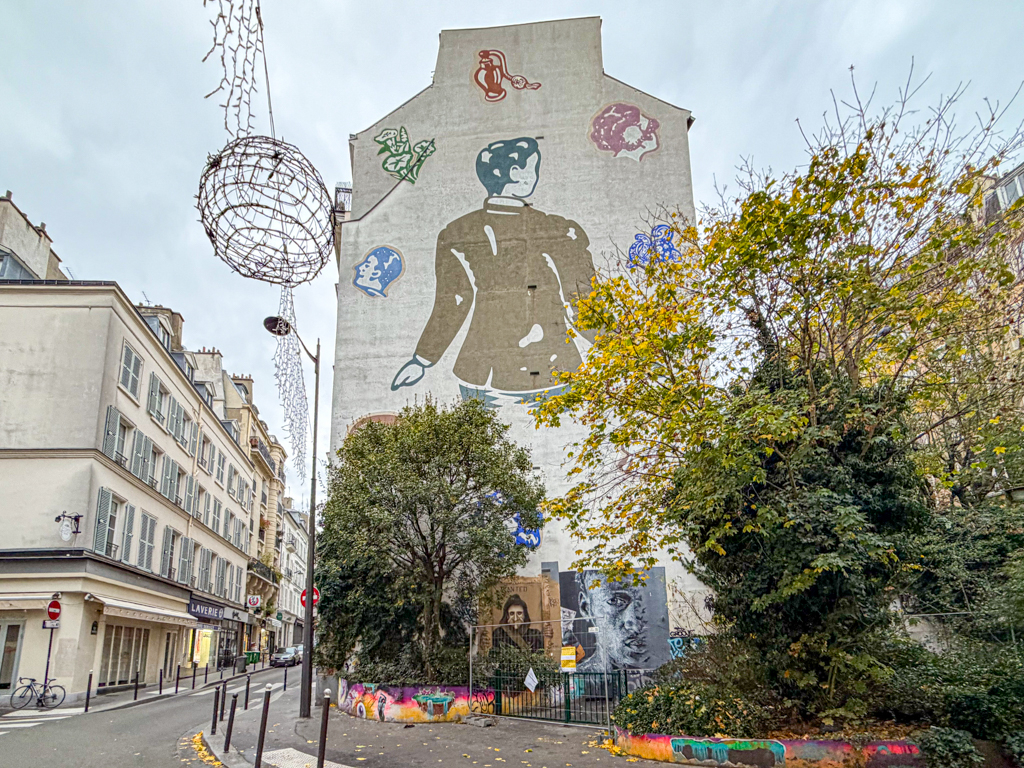
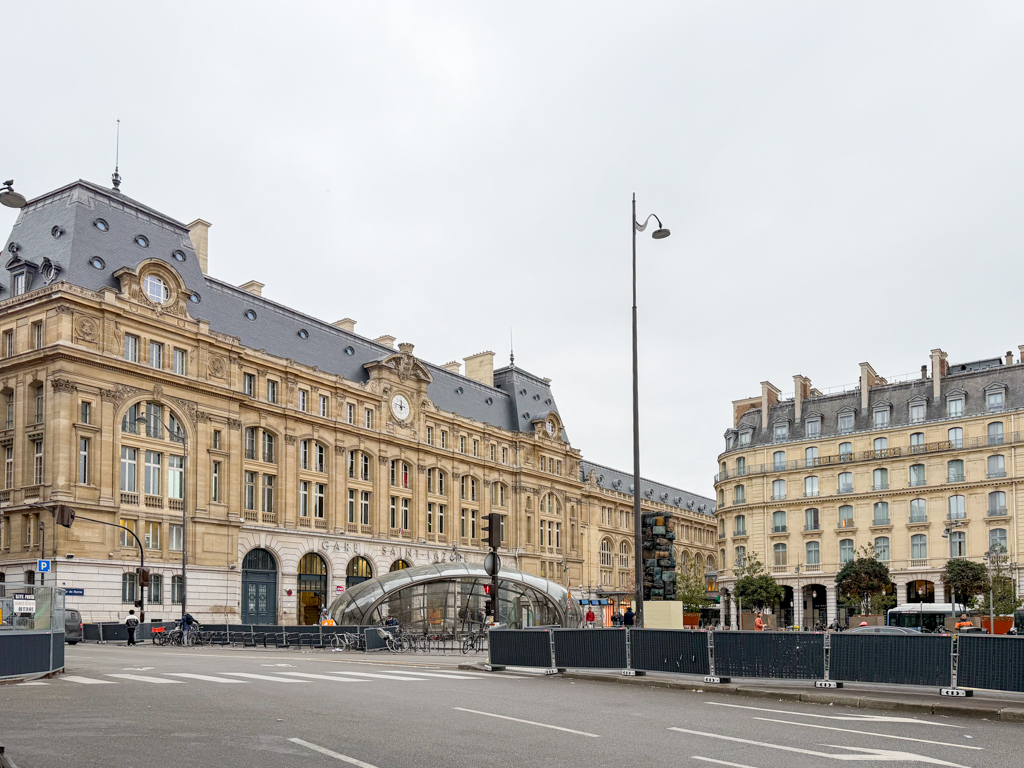
Once there, we said hello to our enthusiastic and friendly tour guide, Thibault. As other members of our tour group arrived – including Amy’s friend Adrienne – we made our way across the street to Paris Saint-Lazare train station.
Train Ride to Versailles
The train ride to Versailles was straightforward, and I was filled with a sense of anticipation. As we approached Versailles Rive Droite, light rain began to streak across the windows before turning into a steady downpour. It was fascinating to travel beyond the busy heart of Paris into quieter outskirts. I felt completely safe and energized by the change of scenery.
Upon arrival, Thibault briefed us on the day ahead and reassured us that rain gear and mittens awaited us with our bikes.
to the Market
In the Carré à la Marée area of the Versailles market complex, we were treated to a few culinary tastings. Frankly, I was thankful to get out of the rain.
Thibault pulled some cheeses from Androuet – which I found absolutely delicious.


We sampled macaroons from Les Petites Duchesses de Gantet.
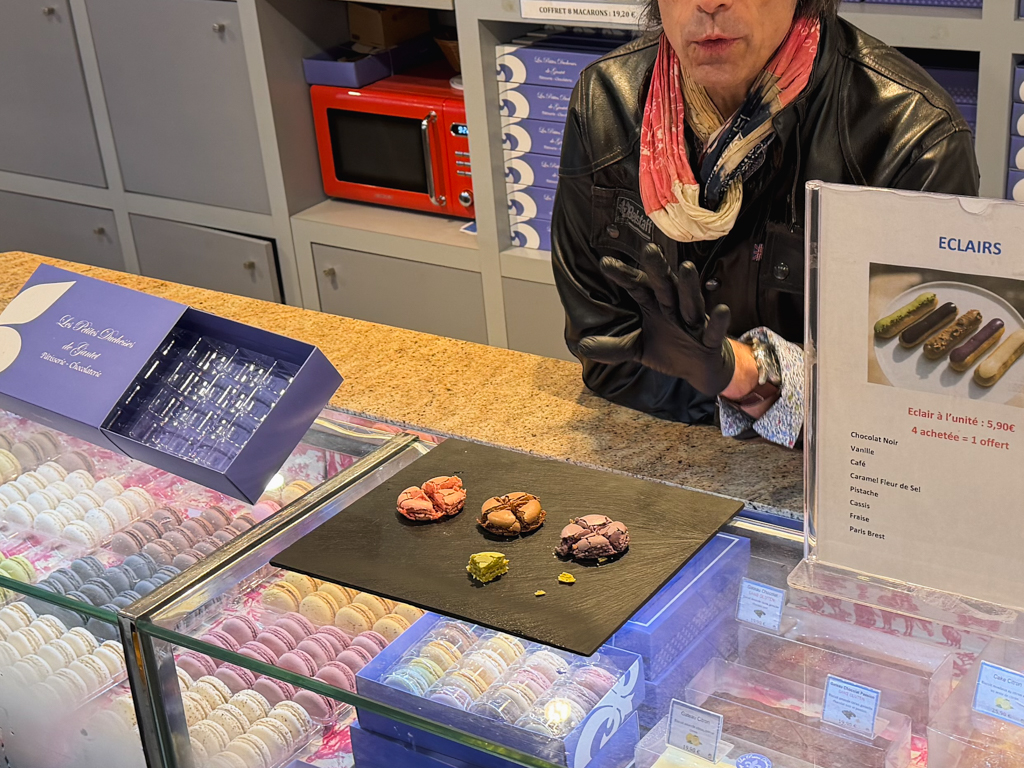

We also enjoyed a taste of sausages from La Rôtissailles.


Walking through the rest of the market, I was struck by how fresh and vibrant everything felt compared to American style supermarkets.
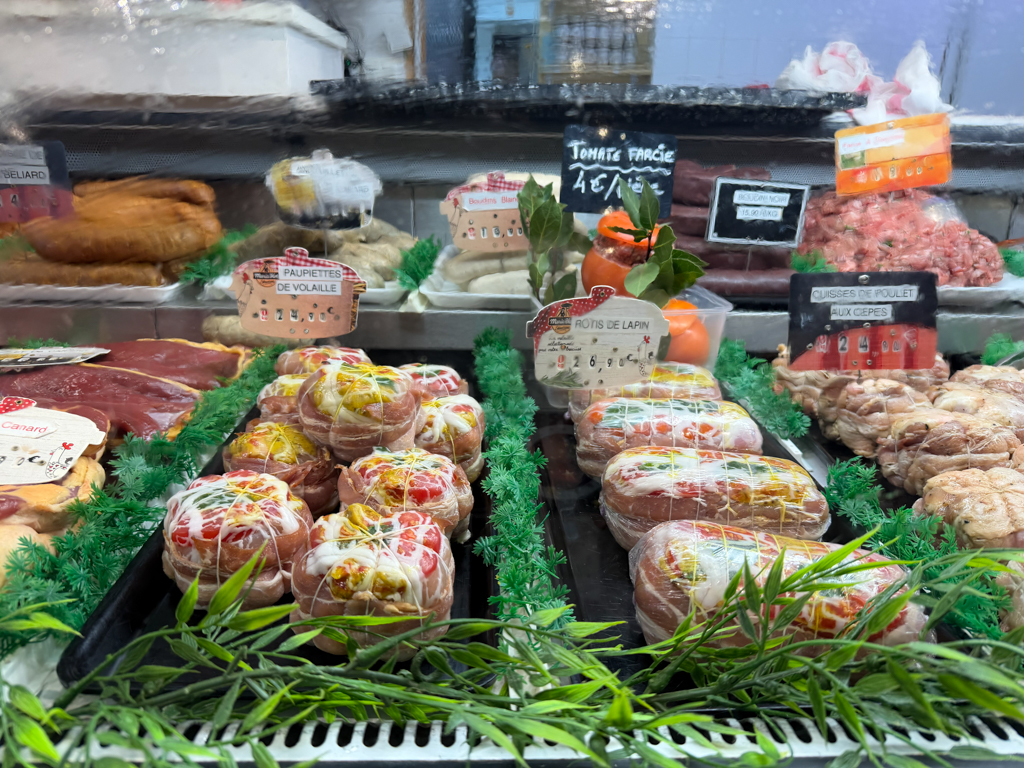





Shopping Break
After exploring the market, we were given time to shop and explore the Versailles market area, at our leisure. As it was raining, we were obviously not going to picnic. Instead, I took the time to walk up to the Notre Dame church and have a mid morning coffee with pastries at Gaulupeau Patisserie.


Bike Riding around the Grand Canal of Versailles
After regrouping, we walked the relatively short distance to Blue Fox Travel’s stored bike shed. Here, we picked out bikes named after various figures in French culture. Mine, Olympe de Gouge – was named after the playwright and female right’s activist who wrote “Declaration of the Rights of Woman and of the Female Citizen”. And who died by the guillotine in revolutionary France.



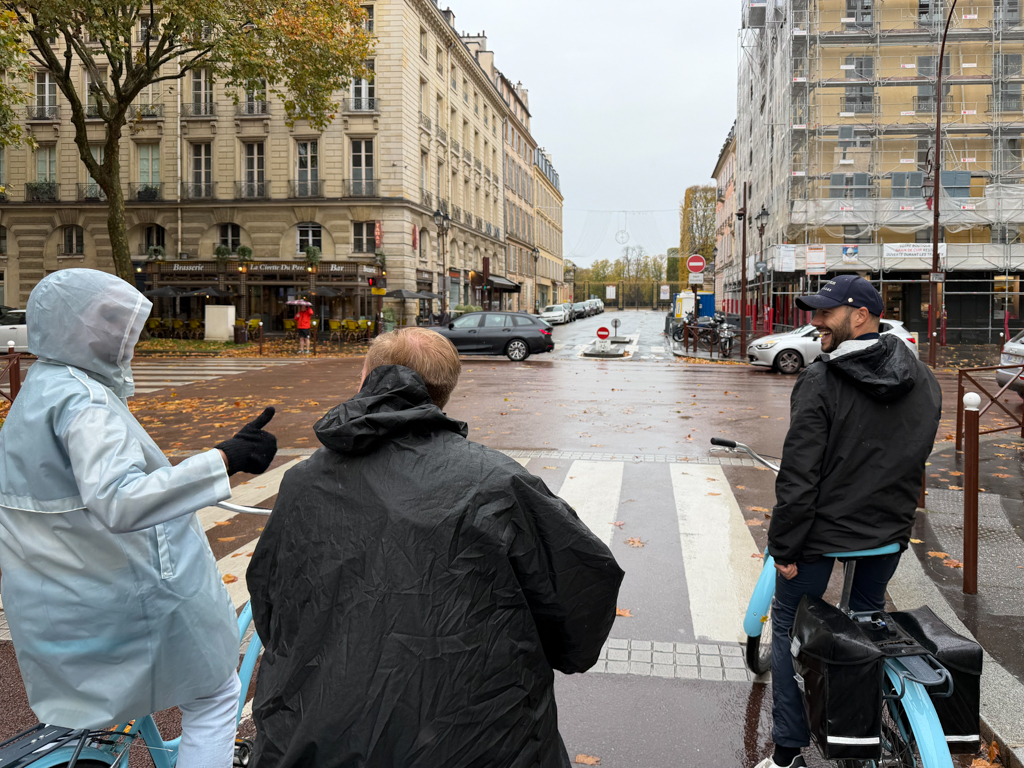
As we rode along city streets and to the gates of Versailles, I fell into a comfortable ease on my bike. the misty rain created a dramatic atmosphere as Thibault led us around the pathways, stopping at various points and teaching us about the history of Versailles.
History of Versailles
The Palace of Versailles began as a modest hunting lodge built by Louis XIII in 1623, but it was his son, Louis XIV, who transformed it into one of the grandest palaces in Europe. Seeking to consolidate royal power and distance the monarchy from the political turbulence of Paris, Louis XIV expanded Versailles dramatically beginning in the 1660s.



Under his direction and with the work of architects like Louis Le Vau, landscape designer André Le Nôtre, and artist Charles Le Brun, the lodge became a sprawling symbol of absolute monarchy. By 1682, Louis XIV officially moved the royal court and government to Versailles, making it the political center of France. The palace became the stage for major events such as royal ceremonies, diplomatic receptions, and the elaborate rituals of court life.

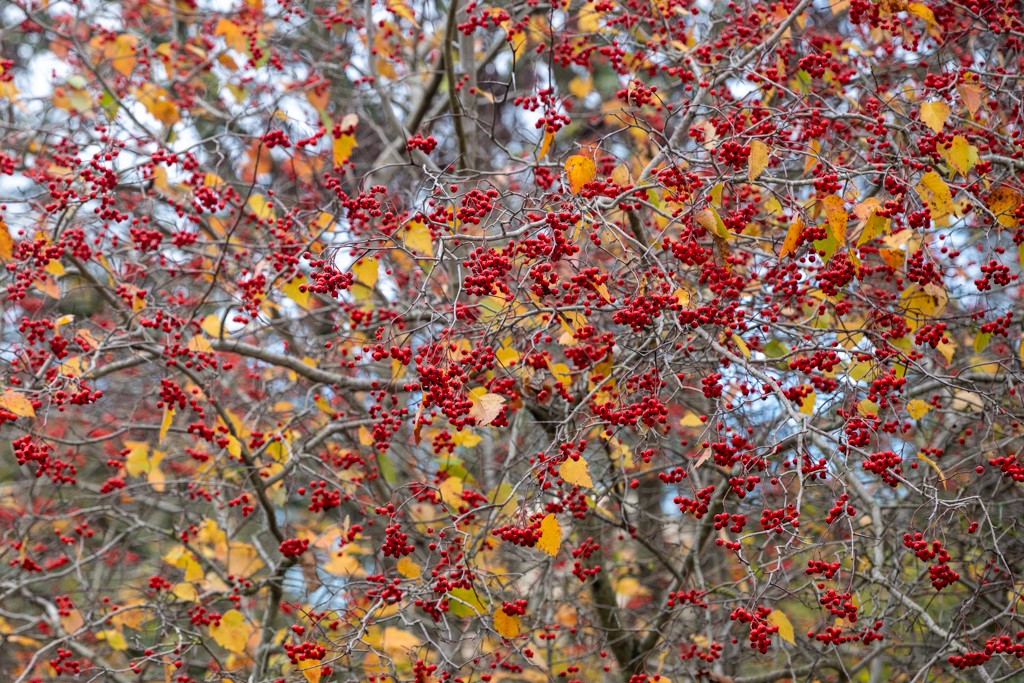


During the 18th century, Versailles remained central to French political and cultural life, and it became closely associated with Marie Antoinette, who influenced fashion, culture, and court society while retreating to her private estate at the Petit Trianon.
Key moments unfolded at Versailles, including the meeting of the Estates General in 1789 and the Women’s March that forced Louis XVI and Marie Antoinette to leave the palace, signaling the collapse of royal authority.
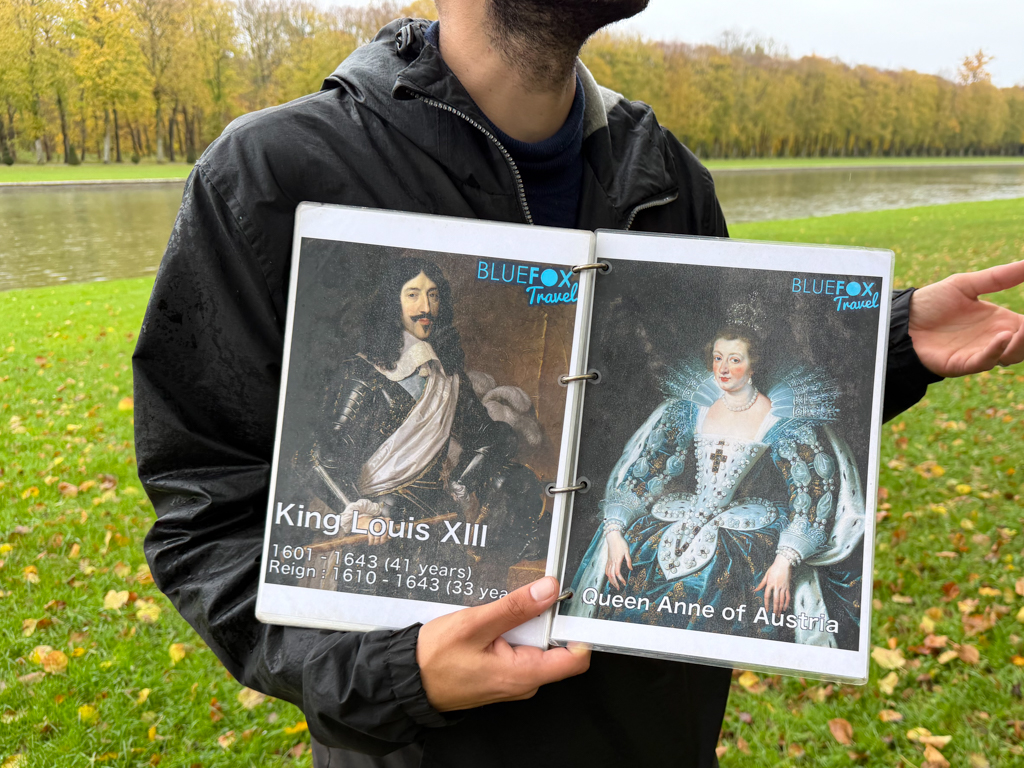

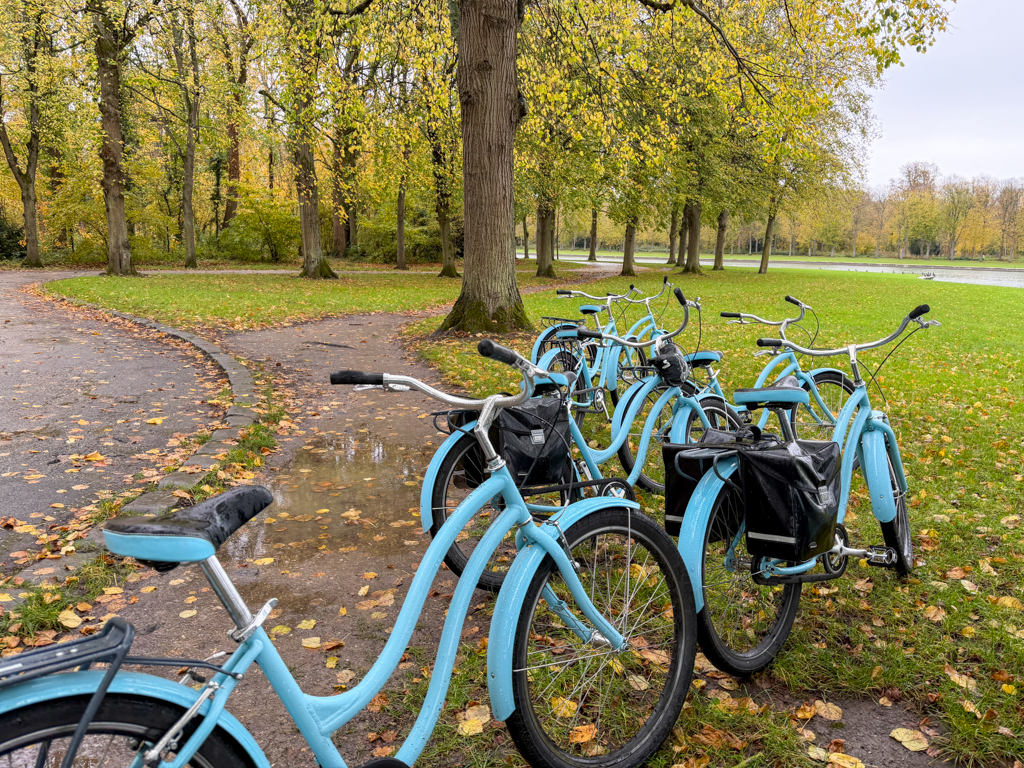
Long after the Revolution, Versailles continued to play a role in major historical events. In 1973, it hosted the celebrated Battle of Versailles fashion show, a landmark event that pitted American designers against French couture and transformed the global fashion industry.
Lunch at Versailles
As we were not having a picnic, I opted to enjoy a quick lunch at La Flottille. This was a welcomed moment of peace, as the day transitioned from rain to sun.

Trianon estates and Queen’s Hamlet
As we returned to biking, Thibault led us to the Trianon Estates and Queen’s Hamlet.
The Trianon estates at Versailles began as retreats designed to offer French royalty a quieter, more intimate escape from the ceremonial intensity of palace life. The first structure, known as the Trianon de Porcelaine, was commissioned by Louis XIV in 1670. Covered in delicate blue and white ceramic tiles, it served as a pleasure pavilion for the king and his mistress, Madame de Montespan. Louis XIV replaced it in 1687 with the Grand Trianon, a graceful marble residence designed by Jules Hardouin Mansart. With its elegant architecture, airy colonnades, and extensive gardens, the Grand Trianon became a favored retreat for successive monarchs seeking respite from court ritual.


In the 18th century, Louis XV expanded the Trianon precinct with the addition of the Petit Trianon, completed in 1768. Originally built for his mistress, Madame de Pompadour, who died before its completion, it passed to Madame du Barry and later became famously associated with Queen Marie Antoinette. In 1774, Louis XVI gifted the Petit Trianon to his young queen, granting her the freedom to reshape its gardens and surrounding grounds according to her tastes. Marie Antoinette used the estate as a sanctuary from the rigid etiquette of Versailles, transforming the landscape into a romantic, naturalistic setting influenced by the English garden style.


The Queens Hamlet, constructed between 1783 and 1786, was the most striking expression of Marie Antoinette’s desire for privacy and idealized rural life. Designed by the architect Richard Mique, the Hamlet resembled a rustic Norman village, complete with cottages, a mill, a dairy, a farm, and winding paths.


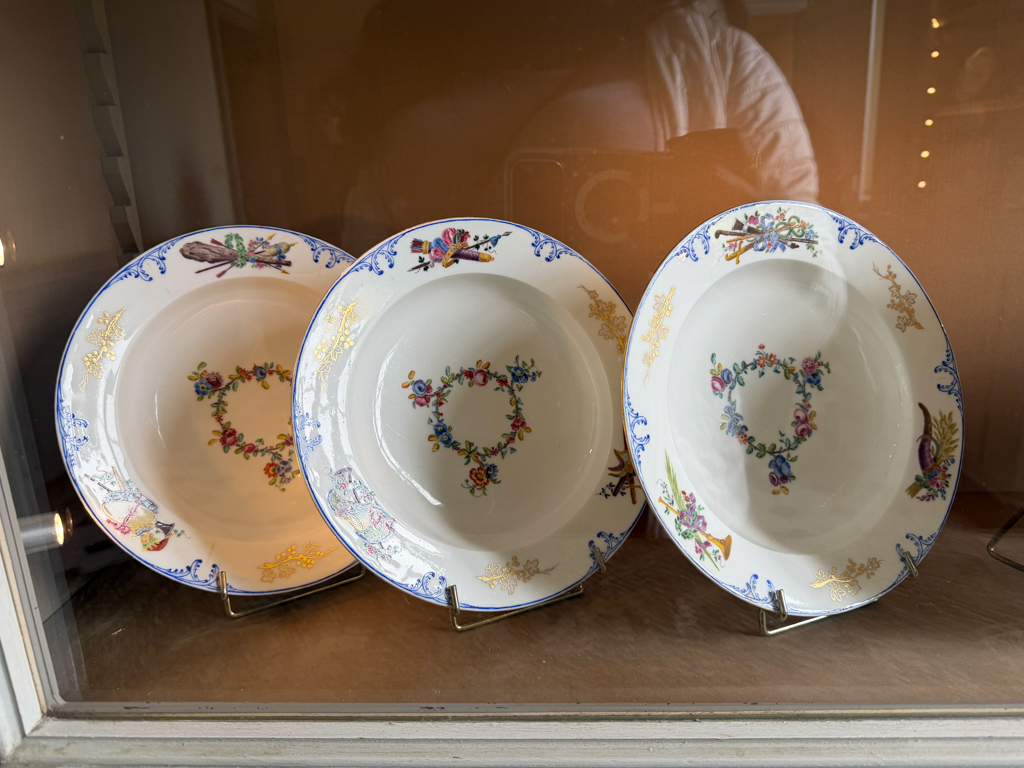


Though often misunderstood as a place where the queen played at being a peasant, the Hamlet actually functioned as a working agricultural estate, producing food for the royal table and serving as a demonstration farm. Nevertheless, public perception of the Hamlet contributed to criticisms of Marie Antoinette as frivolous and disconnected from the realities of the French people.
I absolutely loved touring the grounds and capturing it through my camera lens.



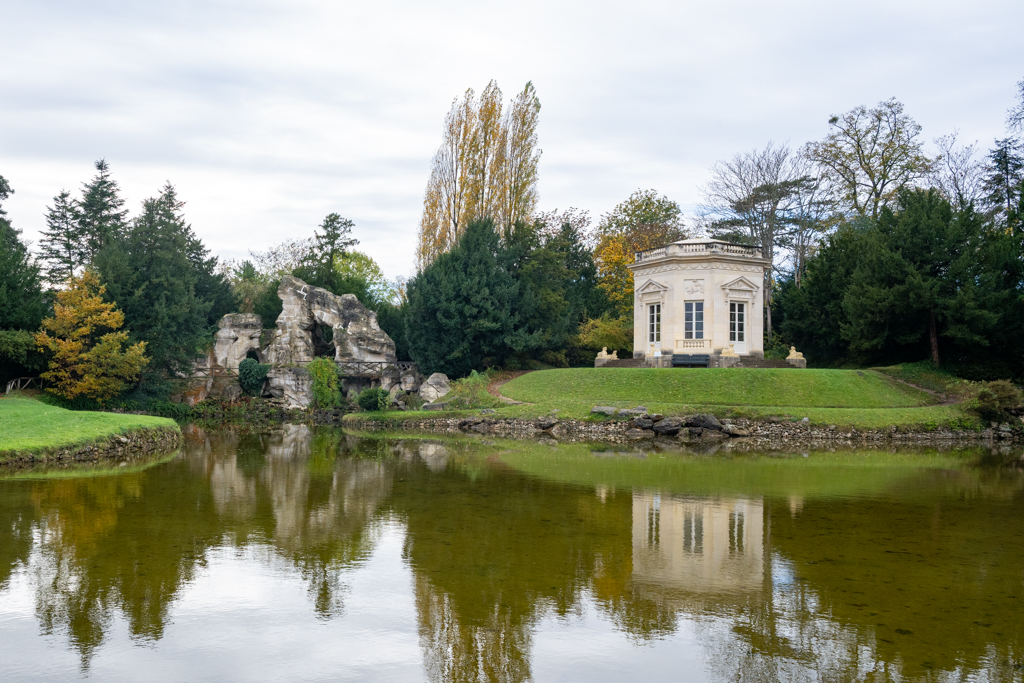



Chateau de Versailles
As we biked back to our starting point, my body felt the effects of a full day of walking and biking. We returned the bikes and Thibault thanked us all for a great time together. However, as Thibault led the group for entry to the main house of Versailles, I had to leave to return to Paris. I needed to return to Hotel Eldorado Paris, refresh and head out to my scheduled food tour – No Diet Club: Night Food Tour of Montmartre.
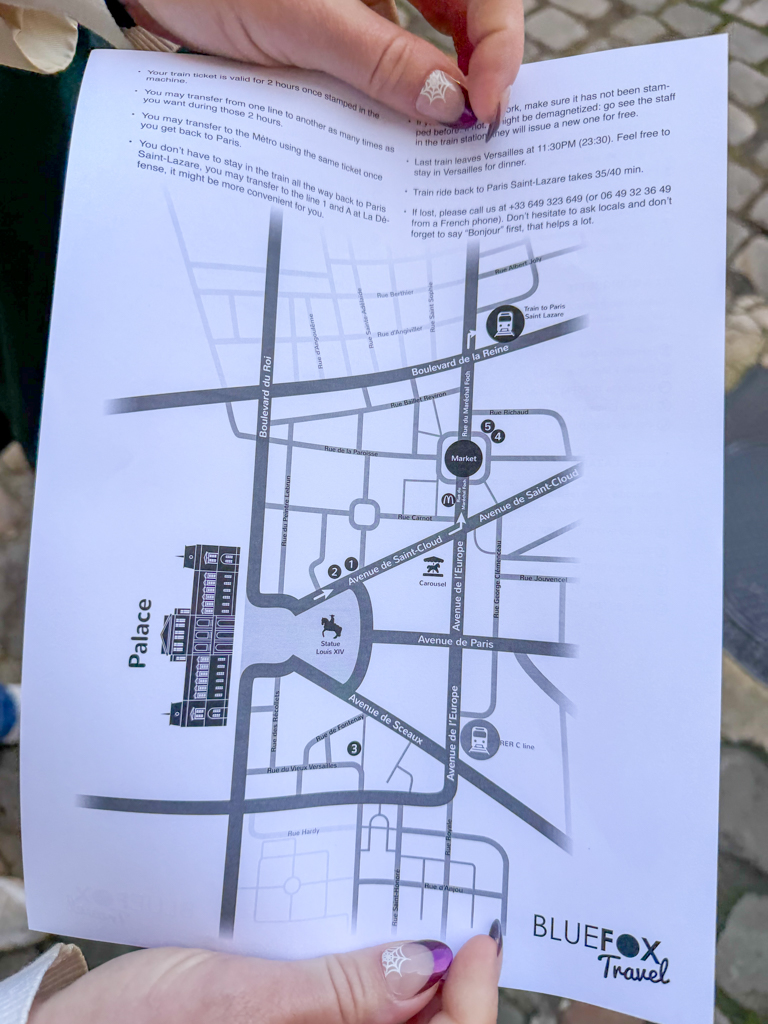

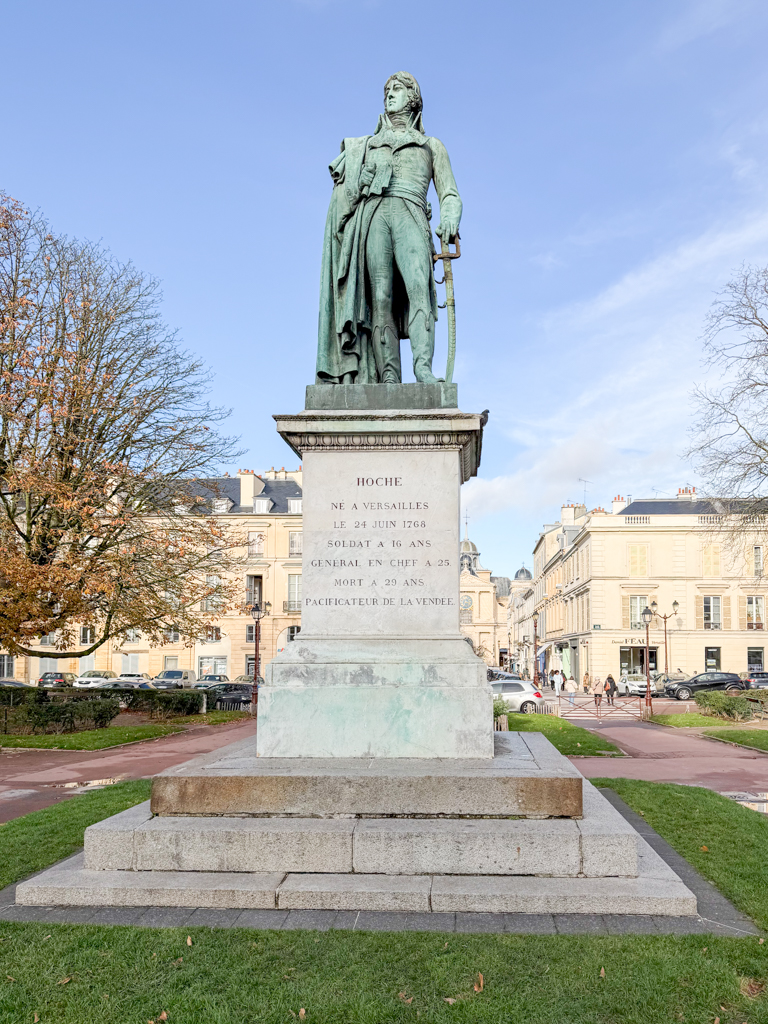

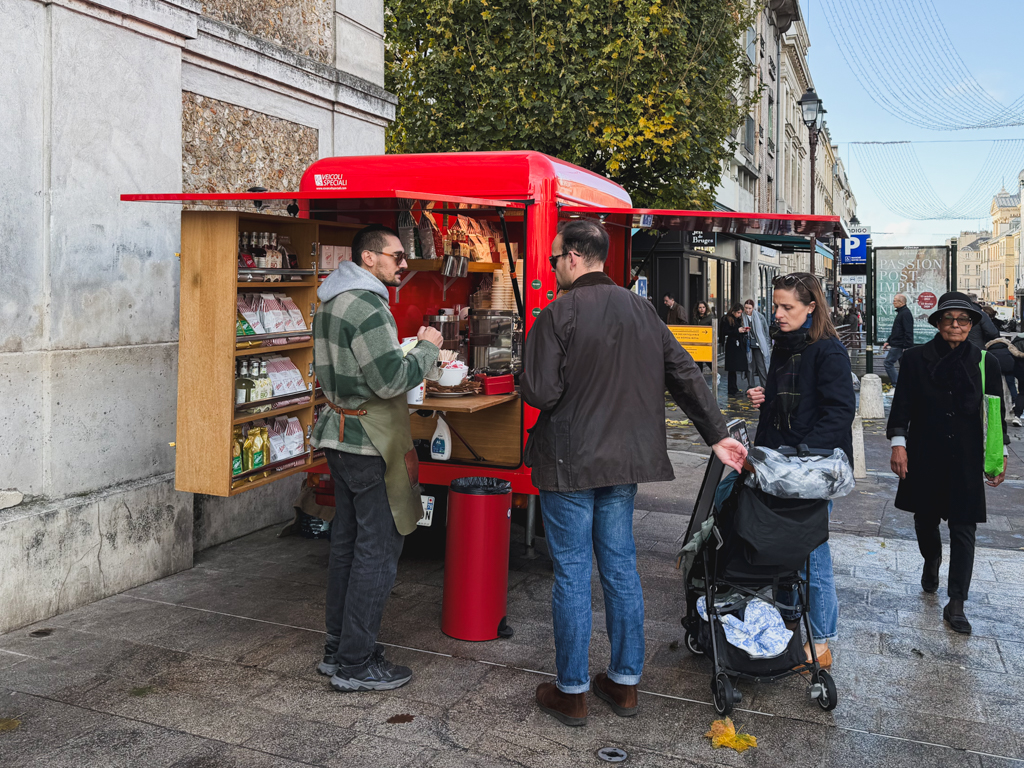

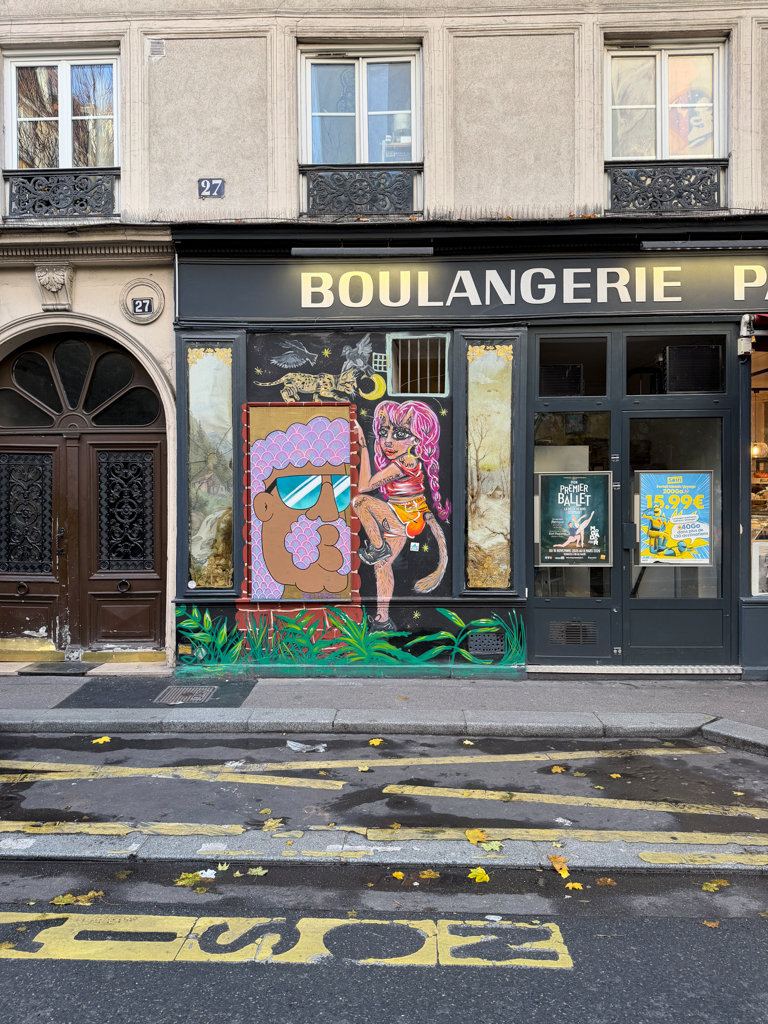

Later that night, over cocktails, Amy told me how much she enjoyed exploring the palace, especially the Hall of Mirrors.
Overall
Overall, my day in Versailles blended history, beauty, and adventure with exercise and fresh air. The experience left me with memories as timeless as the palace itself.
Blue Fox Travel: Versailles Bike Tour
Versailles, France
